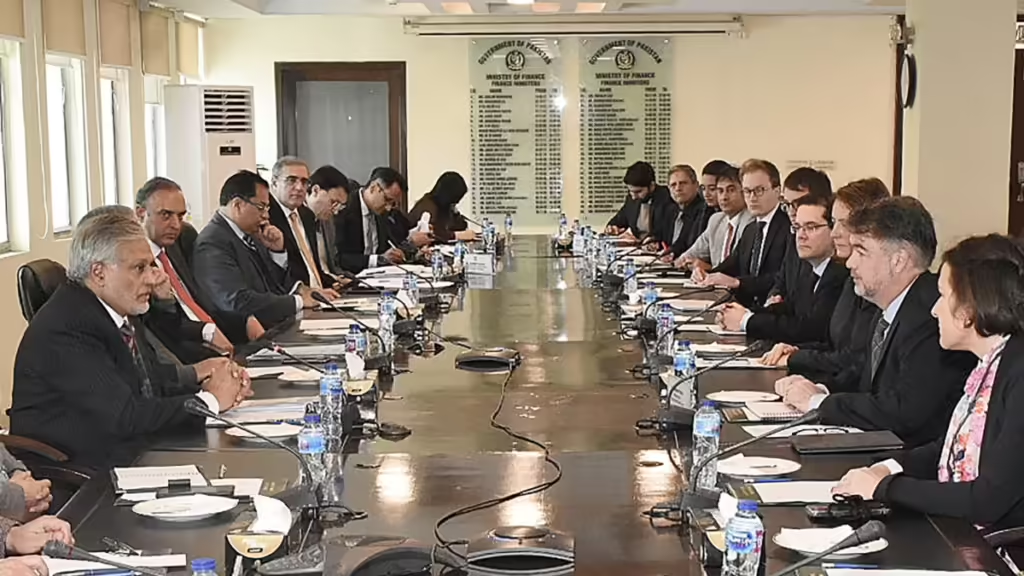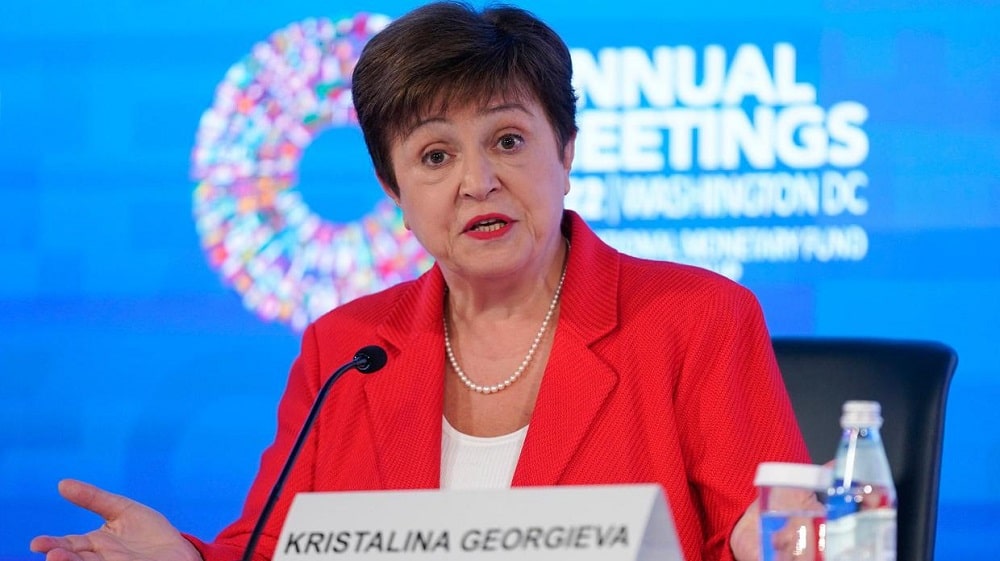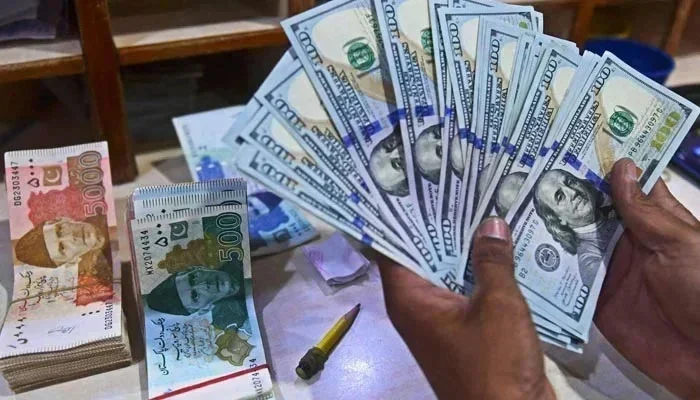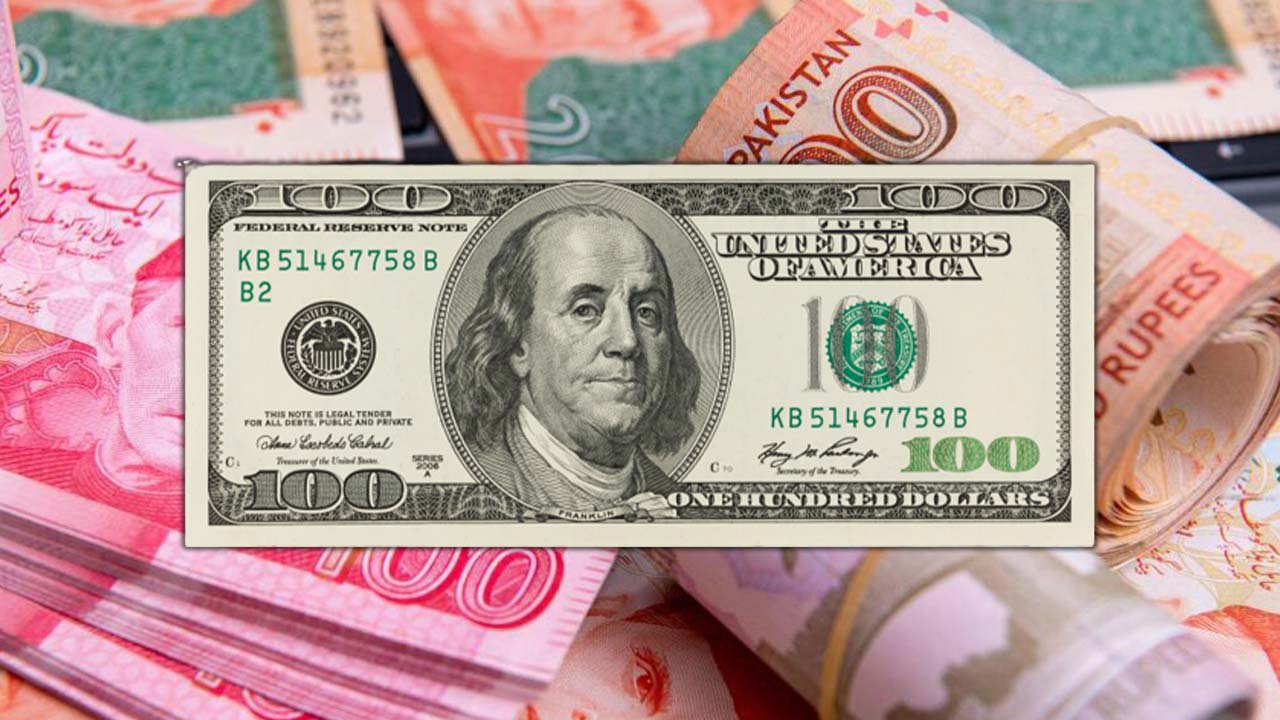Important challenges remain to be resolved as Pakistan seeks prospective follow-up programmes: IMF chief:Kristalina Georgieva, Managing Director of the International Monetary Fund (IMF), stated that significant issues must still be resolved before Pakistan can open a follow-up programme to the previous $3 billion stand-by agreement.She emphasised that, while Pakistan’s economy has improved significantly and is nearing completion of its current programme, there remain critical concerns that must be addressed.
Pakistan seeks prospective follow-up programmes: IMF chief
These challenges include broadening the tax base, effectively allocating public spending, and increasing transparency.The latest staff agreement on the final assessment of the existing arrangement is likely to release around $1.1 billion pending board approval, which is set for the end of April 2024.

Both sides want to discuss a longer-term bailout, with an emphasis on policy reforms to solve deficits, boost reserves, and control debt. Finance Minister Muhammad Aurangzeb has voiced hope for a settlement by the end of the fiscal year and intends to discuss details at the IMF/WB Spring Meetings in Washington, DC.
Pakistan is to launch a new medium-term programme lasting two to three years to solve fiscal and external sustainability issues, boost economic recovery, and support inclusive growth.
Kristalina Georgieva, Managing Director of the International Monetary Fund (I M F), said on Thursday that Pakistan is in discussions with the Fund over a potential follow-up programme to the previous nine-month $3 billion stand-by arrangement (SBA), but that critical concerns remained to be resolved.
Georgieva told an event at the Atlantic Council think tank that Pakistan had successfully completed its present IMF programme and that the economy was operating slightly better, with reserves being built up.
“There is a commitment to continue on this path, and the country is turning to the Fund for potentially having a follow-up programme,” Georgieva said, highlighting challenges that the country still needed to address.
“There are very important issues to be solved in Pakistan: the tax base, how the richer part of society contributes to the economy, the way public spending is being directed and of course, creating … a more transparent environment.”

The newly elected administration and the I M F last month struck a staff-level agreement (SLA) on the second and final assessment of the $3 billion SBA, which, if approved by the global lender’s board, will free up approximately $1.1 billion in funds. The I M F board is likely to examine the situation in late April, but no precise date has been set, according to a spokeswoman.
Both sides have also discussed negotiating a longer-term rescue and implementing required policy measures to reduce deficits, develop reserves, and manage rising debt servicing.

Finance Minister Muhammad Aurangzeb expressed hope last month to negotiate a SLA with the IMF by the end of the fiscal year (June 30).
The finance minister had stated that details of the agreement will be negotiated during the spring meetings, and that he would head a group to Washington around April 14-15.
In his latest talks with the Fund, Aurangzeb stated that they were “very receptive” to a “larger and longer programme.”
Prime Minister Shehbaz Sharif, after being sworn in for the second time, asked his finance team to start working on obtaining an extended fund facility from the IMF. Read it as well.

He had stated that Islamabad required another rescue package from the IMF, which he had connected to comprehensive structural and economic changes.
Shehbaz had highlighted that the newly elected government would need to work on a medium-term plan that would last two to three years.
Next IMF programme
In its end-of-mission statement announcing the successful completion of an existing short-term facility last month, the IMF stated that Pakistan “expressed interest in a successor medium-term Fund-supported programme with the aim of permanently resolving Pakistan’s fiscal and external sustainability weaknesses, strengthening its economic recovery, and laying the foundations for strong, sustainable, and inclusive growth”.
It stated that during the SLA meetings, the Fund also revealed the larger, albeit well-known, conditions of the next programme, on which “discussions are expected to begin in the coming months.”
As in previous plans, four key areas will remain the focus of improvements. The top goal of the next medium-term program—Extended Fund Facility of about 36 to 39 months—would be strengthening public finances, including through gradual fiscal consolidation and broadening the tax base, especially in under-taxed sectors (read real estate, retail and wholesale trade, and agriculture), as well as improving tax administration to improve debt sustainability and create space for higher priority development and social assistance spending to protect
The second goal of the next programme would be to restore the energy sector’s viability by accelerating cost-cutting reforms, including improving electricity transmission and distribution, moving captive power demand to the electricity grid, strengthening distribution company governance and management, and undertaking effective anti-theft measures.
The third main goal would be to get inflation back on track, with a more transparent and flexible foreign exchange market to help with external rebalancing and rebuilding foreign exchange reserves.
The fourth and final critical aim would be to promote private-led activity through the aforementioned actions, as well as to remove distortionary protection, advance reforms on state-owned enterprises to improve sector performance, and increase investment in human capital to make economic growth more resilient and inclusive, allowing Pakistan to reach its economic potential.



